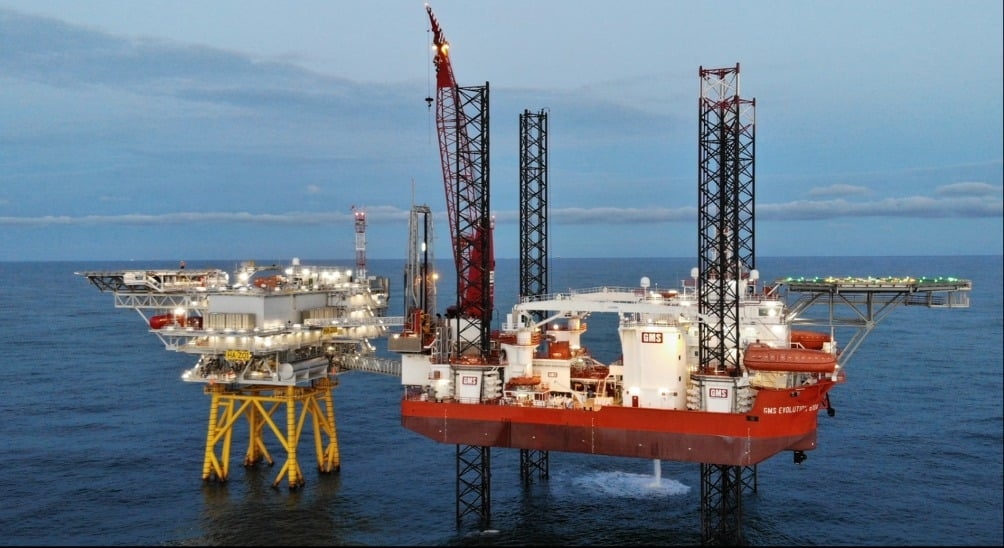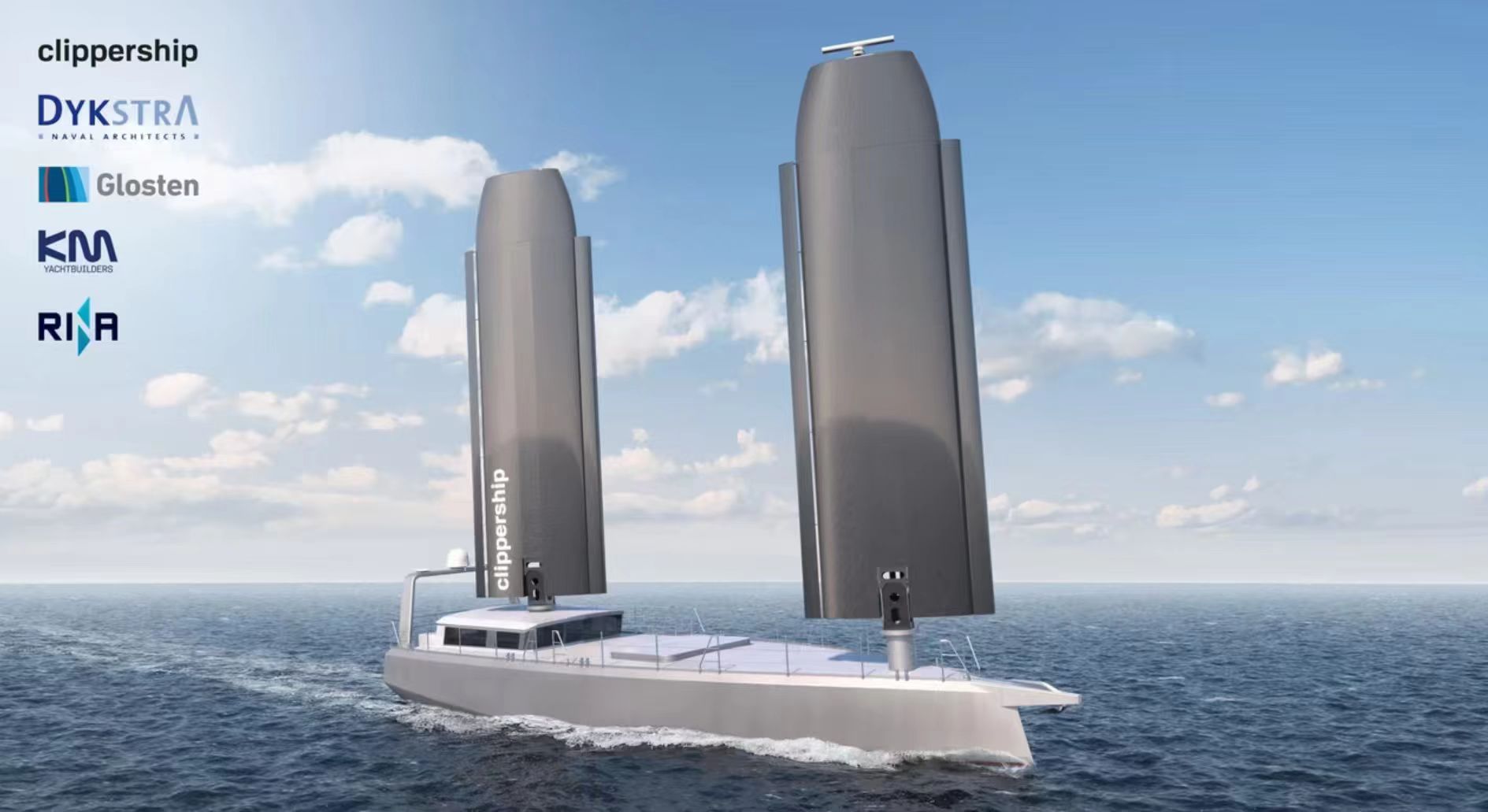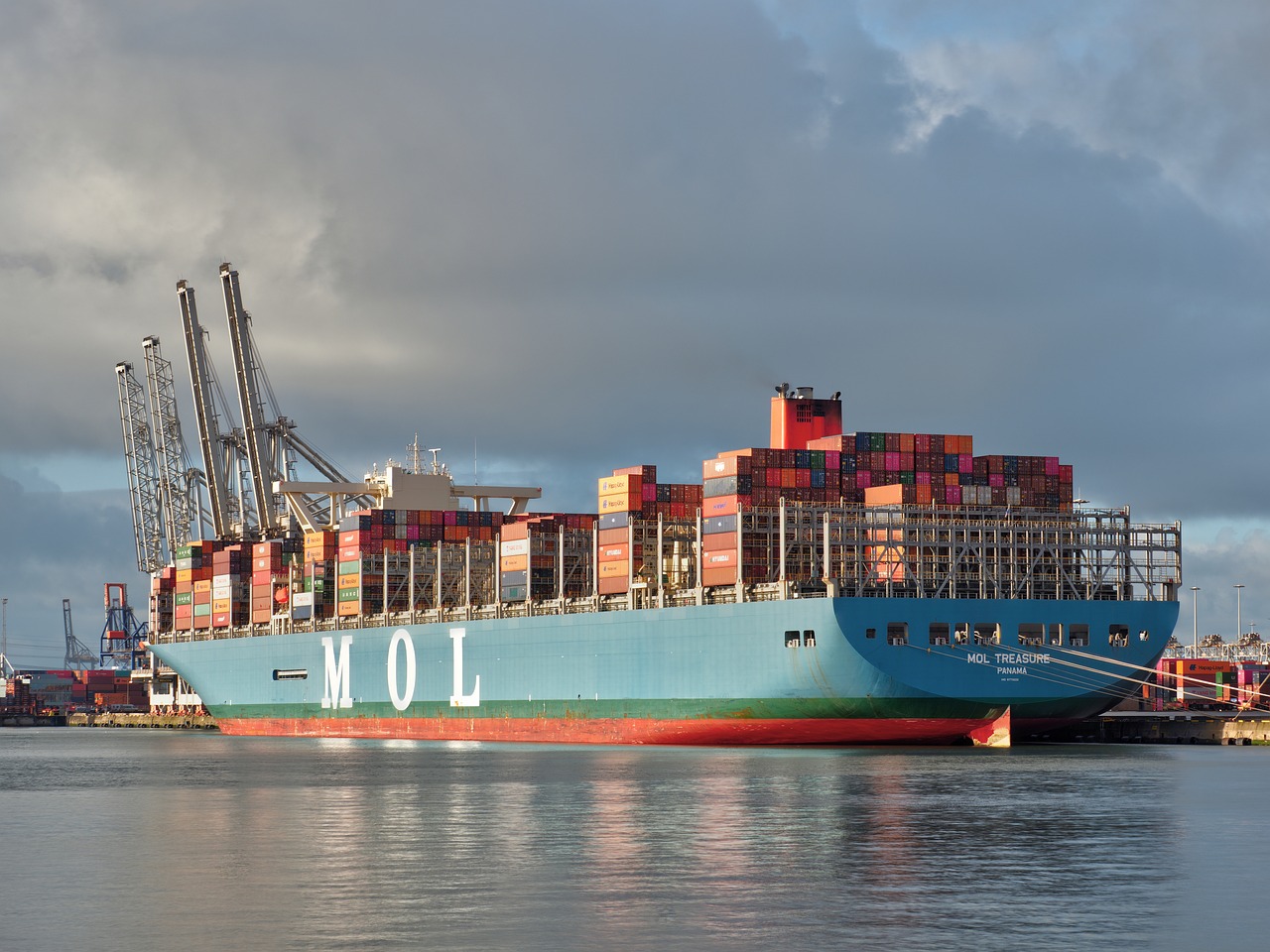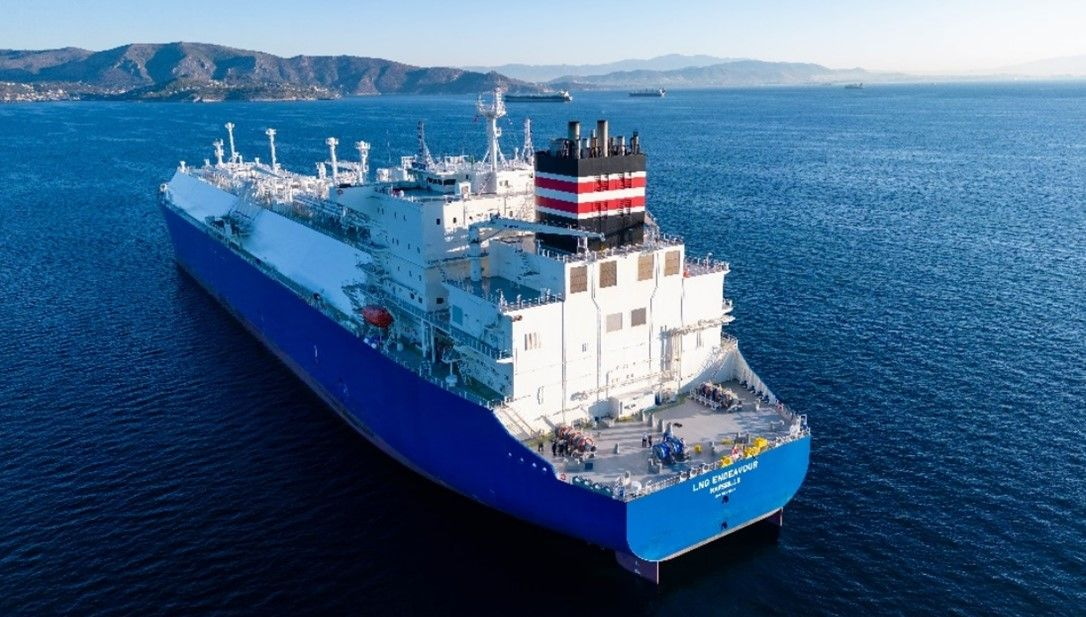Vessev推出电动水翼艇
作者: 发布时间:2024年05月29日 浏览量:527 字体大小: A+ A-
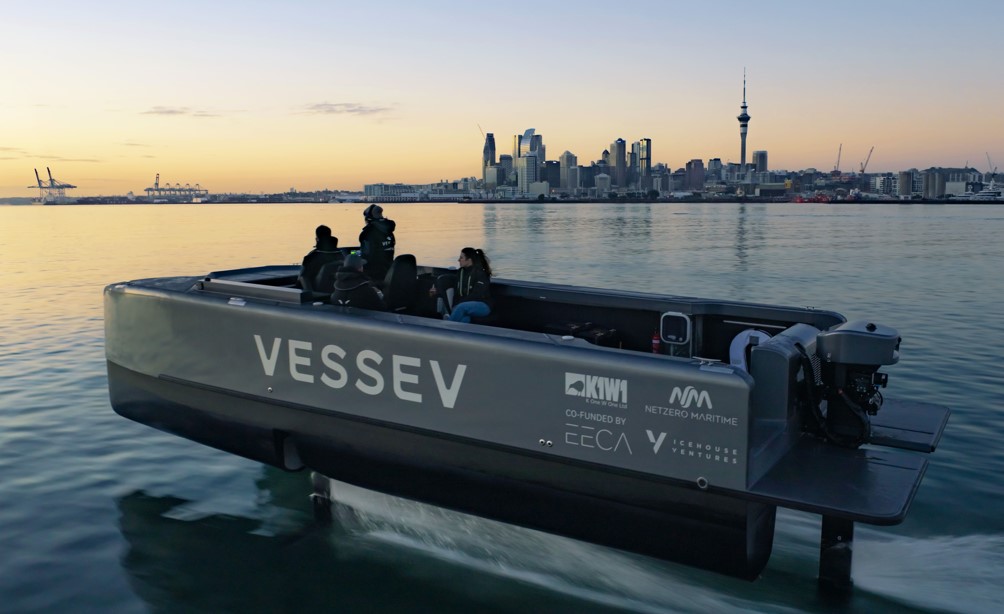
图片来自网络,版权属于原作者
来源:Offshore Energy 2024-05-29
翻译:国际海事信息网 杨皓然 张运鸿
总部位于新西兰的可持续海洋技术公司Vessev发布了电动水翼艇VS-9,这种新船型有望为海上客运解锁新机遇。
由Vessev公司(前Seachange公司)设计建造的VS-9正在新西兰奥克兰附近水域海试。本月初,VS-9在奥克兰威斯特海温游艇港(Westhaven Marina)首次下水。
Vessev公司表示,第一艘电动水翼艇在测试后将获得新西兰海事局的认证,它有望成为世界上同类船中首艘获得认证可用于商业用途的船艇。
此后,该船艇将同新西兰最大的轮渡运营商Fullers360公司合作,正式投入商业营运。
据Vessev公司指出,Fullers360公司的海洋绿色技术和创新专业团队NetZero Maritime在采用这种新型船艇上发挥了重要作用。
长达9米的VS-9最多可承载10名旅客,其每小时25海里的航速可以为游客带来飞翔般的乘坐体验。由于其高效的水翼技术,VS-9的航程可达50海里(57英里/92.6公里)。
Vessev公司首席执行官Eric Laakmann表示,“我们正处于全球转型使用可持续能源的初期。因而,我们同NetZero Maritime的合作将成为最有力地促进世界加快采用新兴技术的合作之一。现如今世界上有3300万艘船舶,而可持续性船舶只占其中一小部分。通过大幅提高效率,水翼船将在这千载难逢的转变中发挥关键作用。”
“传统意义上,大型船舶更能够为旅客带来舒适的乘坐体验,因为它们可以承受住海浪和尾流的冲击。VS-9在实现海浪上飞翔的同时,作为一个随时随地停泊和充电的敏捷平台,能够为乘客提供大型船舶般的舒适体验。VS-9的商业化发展为水上运输提供了全新的可能性,使其变得更加高效、可靠和舒适。”
他还表示,“VS-9能够突破传统船舶的限制,开拓全球数千条的新航线。商用化石燃料船舶的保养和燃料成本昂贵。我们希望在几乎任何商用情况下,这些电动船舶的终身持有费用相比之下要大大低于化石燃料船舶。但这不包括运营商因为运营这些提供最佳客运体验的船舶而获得的额外收入。”
Laakmann进一步表明Vessev公司正努力开发VS-18,使用同样的技术和设计,但能够承载100名乘客。
特别地是,VS-9具备极高权限的水翼系统,使得水翼能够在水下利用其高精度襟翼改变形状,从而优化船舶效率。借此,VS-9能够应对恶劣天气,航海性能远胜于其他。
Vessev公司采用的技术据说最多可减少95%的能耗,在25海里每小时的航速下航程可达到50海里,极大地降低了运营成本。
该公司表示,VS-9前两周海试的结果显示出其能源效率较高,充电迅速,续航能力优异且能源成本更低。
Laakmann解释道,“为了更客观,VS-9水上测试时,后面会跟一艘油船,做同样的运动和距离。结果显示,每天结束后,油船的燃料损耗成本是VS-9电船的25倍。”
Fullers360首席执行官Mike Horne指出,“我们希望在2040年前实现100%全电动或氢能船舶运营,水翼船当然也是这份愿景里的一部分。NetZero Maritime团队的建立使我们能够和奥克兰运营的首艘全电动客运船舶VS-9合作完成零排放项目。”
Laakmann总结道,“我们致力于打破采用电动船舶的阻碍。从一开始,我们的目标就是设计一种商用电动船舶,利用诸多港口现存的充电设施,成功运营这种商业业态。通过型号和效率的完美结合,我们的VS-9取得了成功。海试阶段,我们利用标准三相交流电源,一天最多可测试三次。我们相信全世界的船舶运营商和旅游企业都将从中受益。”
(本文版权归国际海事信息网所有,图片版权归原作者,转载请注明出处。)
Vessev rolls out electric hydrofoiling vessel
New Zealand-based sustainable marine technology company Vessev has unveiled VS-9, an electric hydrofoiling vessel expected to unlock new opportunities in marine passenger transport.
Designed and built by Vessev (formerly Seachange) the VS-9 is currently undergoing sea trials out of Auckland, New Zealand. The VS-9 entered the water for the first time earlier this month at Auckland’s Westhaven Marina.
Following testing, the first unit will be certified by Maritime New Zealand. It is expected to become the first vessel of its kind in the world certified for commercial use, Vessev said.
The vessel will be entering commercial operation with Fullers360, New Zealand’s largest ferry operator, thereafter.
NetZero Maritime, Fullers360’s specialist maritime green technology and innovation team, has played a pivotal role in the adoption of this new type of vessel, according to the company.
The nine-meter VS-9 will transport up to ten passengers at a service speed of 25 knots providing an experience that is more like flying than sailing. The VS-9 has a range of 50 nautical miles (57 miles/92.6km) thanks to efficient hydrofoiling technology.
“We are in the earliest stage of a global transition to sustainable energy use. Our partnership with NetZero Maritime is one of the most powerful in the world in accelerating the adoption of new technologies. There are 33 million vessels in the world today with sustainable vessels representing the smallest fraction. Through significant enhancements in efficiency, hydrofoiling will play a key role in this once-in-a-generation shift,” Eric Laakmann, Vessev CEO, commented.
“Traditionally, larger vessels are required to deliver a comfortable passenger experience as they can handle the impact of waves and wake. By flying above the waves the VS-9 delivers a large vessel experience on an agile platform that can be berthed and charged in nearly any marina. The development and commercialization of the VS—9 unlocks entirely new possibilities on the water enabling a shift toward more efficient, more reliable and more comfortable marine transport.”
“The VS—9 will enable thousands of new routes around the world that are currently impractical for traditional vessel. The costs of maintaining and fueling commercial fossil fuel vessels is quite substantial. We expect that in almost any commercial application, the lifetime cost of ownership of these vessels will be substantially less than comparable fossil fuel vessels. That is not including any additional revenue for operators which may come from operating vessels that deliver the best possible passenger experiences,” he added.
Laakmann further said that the company is working to develop the VS-18, A 100-passenger vessel using the same technology and design.
Specifically, the VS-9 features ultra-high authority hydrofoil systems, where the foils change shape using high precision flaps under the water to optimize efficiency. This enables the VS-9 to handle adverse weather and provide far better seakeeping than other technologies.
Vessev’s technology is said to reduce energy consumption by up to 95%, facilitating a range of up to 50 nautical miles at a service speed of 25 knots and significantly reduced operational costs.
The first two weeks of sea trials showed that the energy efficiencies deliver much faster charging, more range and energy cost savings, according to the company.
“To put it into perspective, the VS—9 is undergoing on-water testing with a petrol-powered chase boat following, doing the same motions and distance. At the end of each day, the cost of the petrol fueling the chase boat is 25 times the cost of the electricity used to charge the VS—9,” Laakmann explained.
“It’s our intention for Fullers360 to be 100% electric or hydrogen operated by 2040 and foiling is absolutely a part of that vision for us. The establishment of NetZero Maritime has enabled us to dedicate a team to enabling zero emissions projects with the VS—9 being the first fully electric passenger vessel to operate in Auckland,” Mike Horne, Fullers360 CEO, pointed out.
“Our objective is to break down the barriers to adopting electric vessels. From the outset, our goal was to design a commercial electric vessel that can use the charging capacity already available in many marinas to run serious commercial businesses. Through a combination of size and efficiency, we have succeeded with the VS—9. During sea-trials we have been running up to three test sessions a day using a standard AC 3-phase connection. We think that operators and tourism businesses around the world will see the benefit in that,” Laakmann concluded.
来源:simic



